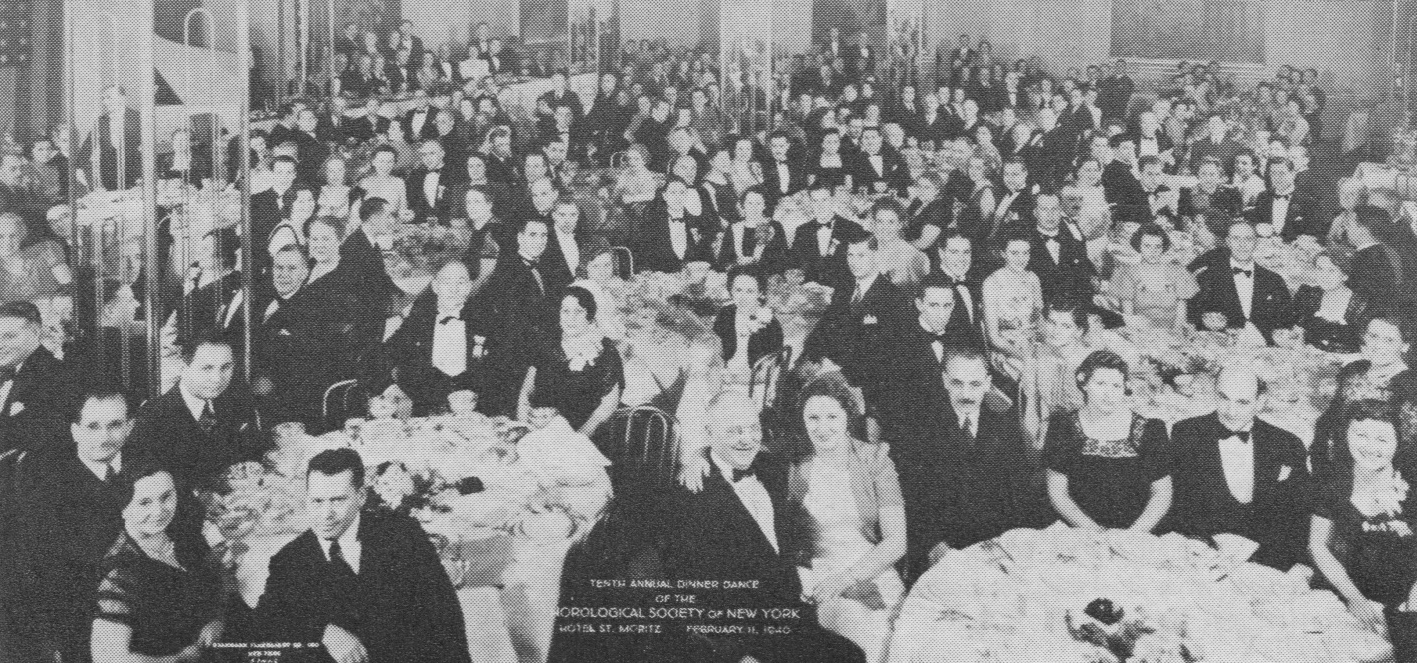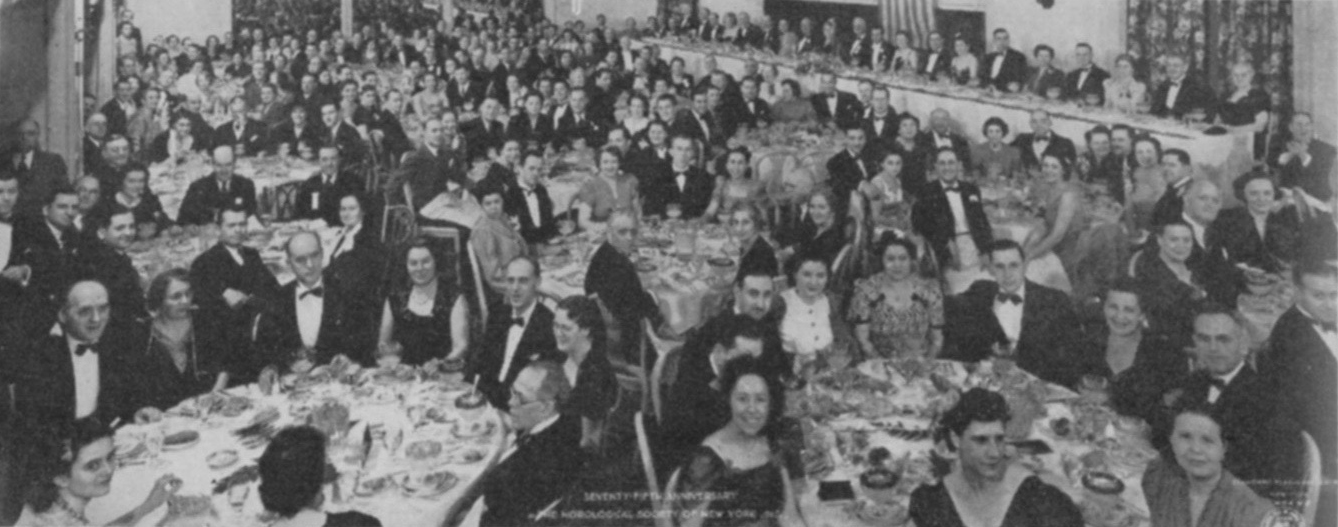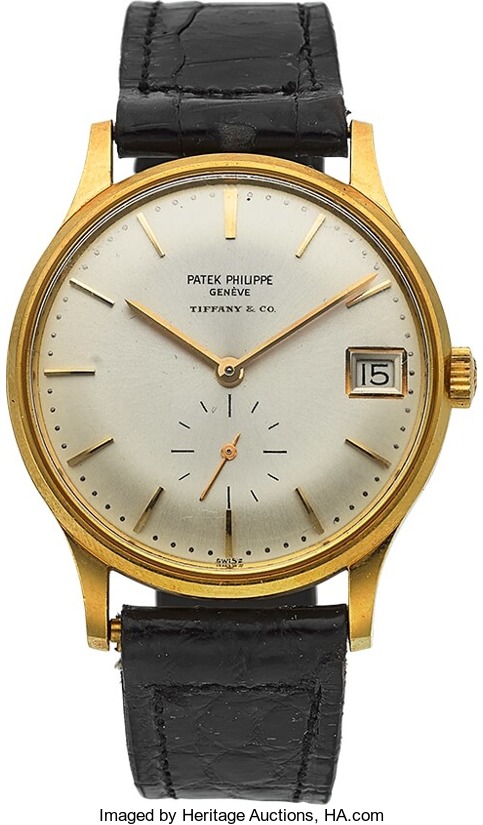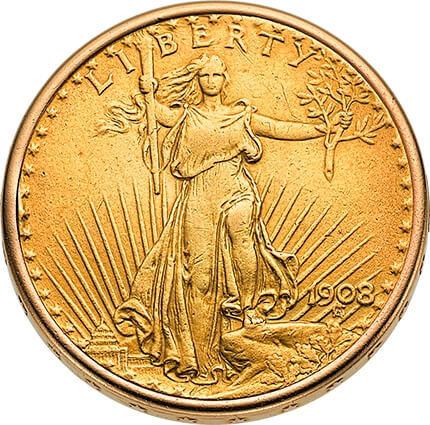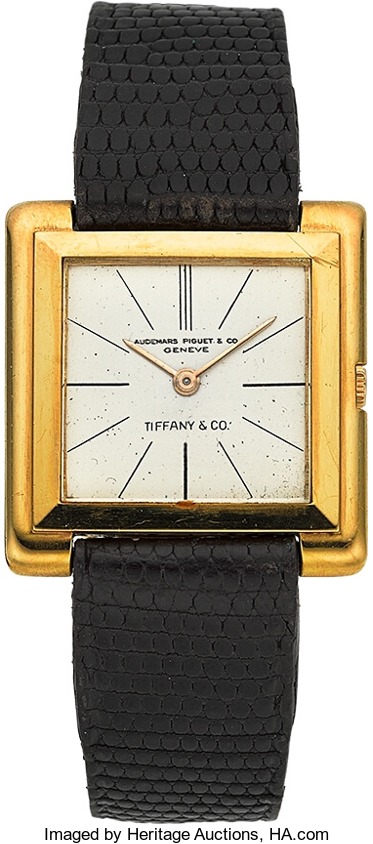

The Development of a Practical Watch Escapement, by Roger W. Smith
Roger W. Smith, Founder, Roger W. Smith Ltd., Isle of Man, British Isles
If you hold a mechanical watch to your ear you can hear the escapement doing its job, ticking many times per second and keeping you on time. The escapement is one of the most important inventions in history, yet we don't know exactly who invented it and when. Instead, the development of the escapement was contributed to over centuries by watch and clock makers around the world. This work has advanced the escapement to a level that is refined, accurate, and practical. Understanding the history of the escapement leads to a deeper understanding of timekeepers in general, and a greater appreciation of the escapement development that continues today.
At the December 2017 meeting of the Horological Society of New York, Roger W. Smith will present an in-depth look at the development of a practical watch escapement. This lecture is a unique opportunity to hear from one of the world's leading watchmakers on a topic that he is extraordinarily qualified to speak on. Smith's continued development of the Daniels co-axial escapement is pushing the practical watch escapement to new levels of efficiency and reliability. Smith's lecture will serve as a continuation of George Daniels' famous lecture on escapements, which inspired him to begin his career in watchmaking. The American Watchmaker-Clockmakers Institute (AWCI) recently digitized and published a video of Daniels giving this lecture at an AWCI National Convention in 1990, which Smith recommends that all attendees watch prior to his upcoming lecture.
Roger W. Smith standing in front of George Daniels' watchmaking bench.
A Unique Horological Education Class With Roger W. Smith
Brooklyn, New York - Sunday, December 3, 2017
Smith is passionate about horological education, as demonstrated by his extensive video series on YouTube. The Sunday before December's HSNY meeting, Smith will guest instruct a very special horological education class in Brooklyn. With only 6 tickets available, this unique class will serve as a fundraising event for HSNY. This is a once-in-a-lifetime opportunity to learn from one of the most accomplished watchmakers in the world, and help raise money for a good cause. (HSNY is a registered 501(c)(3) nonprofit organization.) Tickets for Sunday's class are available now.
Roger W. Smith
About Roger W. Smith
Roger W. Smith’s horological career began when he enrolled at the Manchester School of Horology, aged 16. Smith graduated at the top of his class, and won the British Horological Institute’s Bronze medal. During the course, Dr. George Daniels (1926 - 2011), was a visiting speaker and inspired the first steps of Smith's now famous journey - to make a watch according to the Daniels Method. After working alongside his mentor in the creation of the Millennium Series of watches, Smith established his own studio on the Isle of Man in 2001 and debuted his Series 1 watch. Five years later in 2006, Smith introduced his seminal Series 2 watch. In 2013 Roger was invited by the UK Prime Minister’s office to become an Ambassador for the GREAT Britain campaign, creating the now iconic GREAT Britain watch. In 2015, Roger Smith announced the first range of authentic British watches in decades, comprising the reimagined Series 1 and 2 alongside newly developed Series 3 and 4 watches, all featuring the latest evolution of the Smith single-wheel co-axial escapement.
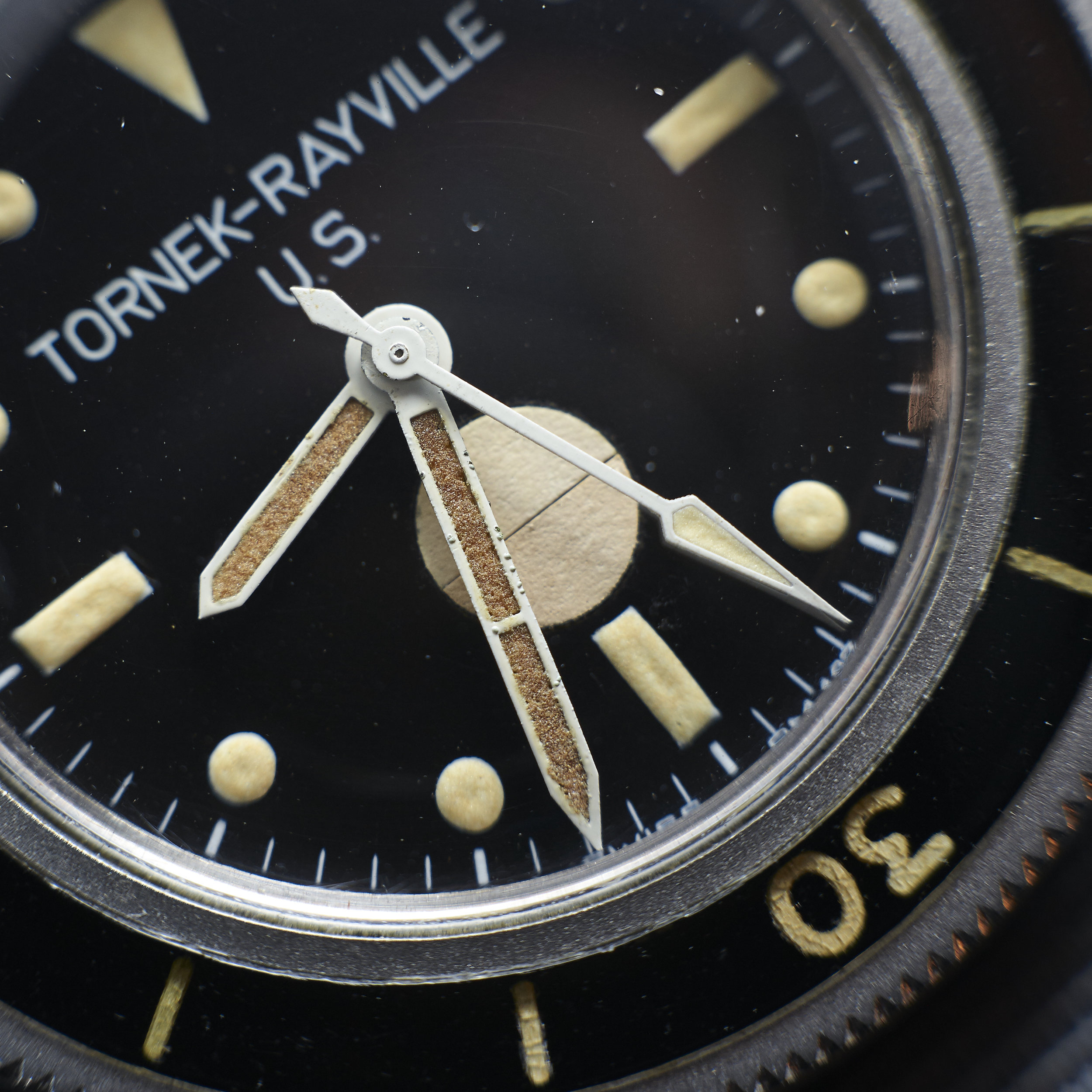
How I Learned to Stop Worrying and Love Radium Dials, by Kathleen McGivney
Kathleen McGivney, COO, RedBar Group and Director of Operations, Horological Society of New York
Radioluminescence, the process by which light is produced by bombarding a reactive material with ionizing radiation, was widely used as the demand for watches that were readable at night grew. At the November 2017 meeting of the Horological Society of New York, Kathleen McGivney will discuss the history of luminescence in watches and instrument dials. In her talk, McGivney will visit the beginning of the use of radioactive material in watch and instrument dials, the reason for the use of radium as the specific material to achieve that goal, the context of the prevailing wisdom of the day of the safety of radium, and how and why watch manufacturers moved on to other materials to achieve luminescence. McGivney will also discuss the implications of radium dials that still retain some radioactivity to collectors and watchmakers who handle them.
Kathleen McGivney
About Kathleen McGivney
Kathleen McGivney is a watch collector and consultant based in New York City. She is passionate about watch collecting and fostering the rapidly growing community of horology enthusiasts worldwide. She manages operations, events, and charitable giving for RedBar Group and is also the Director of Operations for the Horological Society of New York.
Photography by Atom Moore

Fakes, Forgeries and the Birth of Mass Production in the European Watch Industry, 1750-1820, by Dr. Rebecca Struthers
Dr. Rebecca Struthers FBHI FRSA Ph.D., Birmingham, UK
Historically, the term "Dutch forgery" has referred to watches manufactured in the latter part of the eighteenth century, purporting to have been made in London and yet created with Dutch physical characteristics. It has long been believed that these watches were not made in London, hence the application of "forgery", with the general assumption amongst antiquarian horologists being that Geneva was their true city of origin. At the October meeting of the Horological Society of New York, Rebecca Struthers will lecture on her thesis research concerning the aforementioned watches.
These "Dutch forgery" watches were not of a high quality, made no scientific contribution to our understanding of time and accuracy and as such, they have largely been condemned to the dark corners of horological research. They have been dismissed as fakes and forgeries regarded as holding little relevance to the course of horological history, and yet, as this study innovatively claims, they represent the birth of mass production in the watch industry. Over the course of the timeframe covered (1750-1820), they play an integral role in the commercialisation of the watch which shifted from an immensely valuable object of desire to a more attainable accessory. They started the journey towards making portable timekeepers accessible to all in the developed world, and yet their remarkable story has never been the subject of a detailed published study.
At its heart, this research contains the most thorough physical examination of surviving examples of these watches conducted to date. Carried out by Struthers, these examinations benefit from the unique insight of a practicing watchmaker in the twenty-first century, studying and interpreting the work of their predecessors. This evidence helps to distinguish these watches from others made during the same period, and, along with documentary evidence, leads to a new understanding of where they were made and also their dissemination and their destination markets.
Rebecca Struthers
About Rebecca Struthers
Rebecca Struthers (Ph.D., Birmingham City University, UK) is a watchmaker and researcher of antiquarian horology focusing on the role of the watch in eighteenth-century material culture and the evolving social interpretation of luxury. Around her research, Struthers, together with her husband Craig, co-founded their own design studio and horological workshops in 2012: Struthers London. The pair specialize in the design and creation of watches using heritage manufacturing techniques.

Choosing a Clock: Regulation, Cosmopolitanism and Humbuggery, by Professor Kevin Birth
Professor Kevin Birth, Department of Anthropology, Queens College, City University of New York
In the history of timekeeping, there have been periods during which multiple ways of reckoning time have existed. At the September 2017 meeting of the Horological Society of New York, Professor Kevin Birth will discuss several cases concerning political uses of horology in contexts of time pluralism. Cases to be discussed include late medieval York, Habsburg diplomacy, Fernando Wood’s hijacking of the 1859 New York Democratic Party Convention, the enforcement of liquor laws in 19th century England, and todays issues surrounding the leap second. Each case will explore different ways in which horology and politics become intertwined, and will explore how our current horological practices are very much an outcome of political and cultural compromises.
17th century Nuremberg Ivory Diptych sundial showing latitudes for different cities, Italian hours, Babylonian hours, and the number of hours of daylight and darkness (inventory no. 7899, The Collection of Historical Scientific Instruments, Harvard University).
Ottoman Pillar Dial showing equinoctial hours and time alla Turca (inventory no. 7184, The Collection of Historical Scientific Instruments, Harvard University)
Kevin Birth
About Kevin Birth
Kevin Birth (Ph.D., University of California at San Diego) is a professor of anthropology at Queens College of the City University of New York. He studies cultural concepts of time in relationship to cognition and politics. His publications and presentations cover a wide ranging array of topics including chronobiology and globalization, comparative calendars, timekeeping in Roman Britain, culture and memory, cognitive neuroscience, early modern clocks, ideas about roosters in the Middle Ages, and current time practices and policies. He is the author of four books: Any Time is Trinidad Time (University Press of Florida), Bacchanalian Sentiments (Duke University Press), Objects of Time (Palgrave Macmillan), and Time Blind: Problems in Perceiving Other Temporalities (Palgrave Macmillan).
Title photograph: Augsburg table clock, 17th century. Metropolitan Museum of Art.

The History of the Tourbillon, by Stephen Forsey
Stephen Forsey, co-founder of Greubel Forsey and CompliTime SA
Watchmakers have always sought to improve the precision of mechanical timekeepers, and the tourbillon has been a significant invention in this adventure. At the June 2017 meeting of the Horological Society of New York, Stephen Forsey will retrace the historical origins of the tourbillon from the pocket watch to the wristwatch. In addition, a selection of Greubel Forsey timepieces will be on display.
Robert Greubel & Stephen Forsey
Robert Greubel & Stephen Forsey began working together in 1999 on a new generation of tourbillons for the wristwatch, culminating with the launch in 2004 of their Double Tourbillon 30°. Today, Greubel Forsey continues to innovate with a wide range of complicated timepieces, including their newly announced Grande Sonnerie.
Stephen Forsey
About Stephen Forsey
Stephen Forsey was born in St. Albans, England, where he inherited his father’s passion for the intricacies of mechanics. From 1987 he specialized in antique watch restoration, and he subsequently became the head of Asprey of London’s prestigious watch restoration department; he then furthered his horological education at WOSTEP (Watchmakers of Switzerland Training and Educational Program). After moving to Switzerland in 1992, Stephen met Robert Greubel and started working on the most complicated mechanical movements. In 1999, he left to work independently and in 2001 he co-founded CompliTime with Robert Greubel. Together, they then launched Greubel Forsey in 2004.

Glashütte on Board – 130 Years of Marine Chronometers From Saxony, by Ulrike Kranz
Ulrike Kranz - Glashütte Original
For its May meeting, the Horological Society of New York welcomes a special guest from Germany, Ulrike Kranz. Kranz will lecture on the history of the German Marine Chronometer, a topic she is very familiar with after her time working at the German Watch Museum and position today at Glashütte Original. In addition to the evening lecture, a selection of historic timepieces from the German Watch Museum will be on display.
With the founding of the German Empire in 1871 and growing interest in international trade, the German Navy became more and more important to the German government. To reduce reliance on English imports (including the well-known English marine chronometers), significant support was provided to encourage the production of marine chronometers in Germany. In 1886 the first marine chronometers from Glashütte were sent to the German Naval Observatory in Hamburg for testing. In the following years, numerous innovations and technical improvements brought international attention to marine chronometers manufactured in Glashütte.
After World War II Germany was divided, but the production of chronometers in Glashütte continued. The state-owned company VEB Glashütter Uhrenbetriebe took up the tradition and manufactured a large number of both mechanical and quartz marine chronometers. These were deployed primarily on GDR ships but also exported worldwide.
Although today navigation at sea is performed around the world using GPS, Glashütte in Saxony remains a significant location for the production of marine chronometers and observation watches. Following the reunification of Germany, the Glashütte astronomical observatory was restored. Today it houses a chronometer testing facility, which also officially certifies the chronometers made by Glashütte Original – the legal successor of the VEB Glashütter Uhrenbetriebe.
Ulrike Kranz
About Ulrike Kranz
Ulrike Kranz is the head of Corporate Communications for Glashütte Original. Previously, Kranz worked at the German Watch Museum in Glashütte. She holds a MSc in Ethics & Corporate Governance from the University of London and a B.A. from the University of Greenwich.

2017 Gala & Charity Auction
As the Horological Society of New York embarks on its 151st year, join us as we reestablish an important tradition - the Annual Gala. Beginning in 1933, HSNY's Annual Gala's were lavish affairs, attended by members and guests representing all parts of the watch and clock making industry in New York City. Carrying on the success of 2016's 150th Anniversary Gala, the 2017 Gala & Charity Auction will be held on April 3.
Highlights
Charity Auction
Over 40 years ago, a collection of timepieces was bequeathed to the Horological Society of New York, consigned to a vault, and forgotten. The current Board of Directors has re-discovered these treasures, and through deliberation decided to use them to commence with a new Charity Auction tradition to begin and support the HSNY Endowment Fund.
HSNY's 2017 Charity Auction will take place at the Gala, and is made possible by Heritage Auctions. There will be no buyer's premiums for the lots. Online bidding will open on March 20 and will be closed the day of the Gala. All final bidding will take place live in the room during the Gala. HSNY's Endowment Fund is being established with the goal to ensure long-term success for the Society.
Presentation of the Henry B. Fried Scholarship
Most watchmaking schools in the USA are free. Tuition is covered by a sponsoring brand, and usually the only school expense that the students cover are their tools. These schools are full-time two year programs, meaning paying for living expenses can be difficult. This is where the Henry B. Fried Scholarship comes in; the Horological Society of New York wants to help American watchmaking students succeed in every way. The winner of the 2017 Henry B. Fried Scholarship will be announced at the 2017 Gala.
Dinner & Drinks
Enjoy a large selection of appetizers, entrees and desserts, with an open bar from 6:00pm - 9:00pm. The suggested attire is business formal. Discounted tickets are available to HSNY members, using your membership password as a promotional code at the ticket checkout.
We look forward to seeing you there!
All proceeds from this event go towards the Horological Society of New York's ongoing educational programs, and the Horological Society of New York's Endowment Fund. The Horological Society of New York is a registered 501(c)(3) non-profit organization, federal tax identification number 13-6139887.
HSNY thanks our sponsors for their generous support

How to Win (and Sometimes Lose) at Watch Auctions, by William Massena
William Massena - Managing Director of TimeZone.com
Watch auctions can be intimidating even for the most experienced collectors. What questions should you ask a specialist? How do you bid successfully? What pitfalls should you avoid? At the March 2017 meeting of the Horological Society of New York, William Massena will address these questions and more. Massena's illustrated lecture will explore all aspects of the world of watch auctions, including key auction houses in the international watch market, the role of auctions in the context of watch collecting, and nuances of catalogue descriptions.
William Massena
About William Massena
William Massena is the Managing Director of TimeZone.com, the world’s largest online watch discussion forum, to which he has been a key contributor since its founding in 1995. He is also a partner at Digital Luxury Group, a Geneva-based marketing and communication research company for luxury brands, and a Trustee of the Horological Society of New York. Previously, he was the Chief Operating Officer and Managing Director of Antiquorum S.A., the leading horological auction house and a consultant for Bonhams Auctioneers.

Time is Money - How to Make a Living in the World of Watches, by John Reardon
John Reardon - International Head of Watches, Christie's
The watch industry employs hundreds of thousands of people in over 100 countries around the world. A career in the world of watches is a dream come true and many individuals have found their professional path in unique and unexpected ways. At HSNY's February 6 meeting, Reardon will explore how people make a living within the world of watches and horology, including stories of how they broke into the business and their day to day lives in the "game of the time." The scope of Reardon's lecture will include stories from the auction industry, museum world, retailers, vintage watch dealers, watchmakers, marketers, designer, photographers, bloggers, social influencers, and more, all underlining how people make a living doing what they love.
For people looking to break into the watch world professionally or simply looking to use their horological knowledge to generate income, Reardon will share stories of numerous industry insiders and the many paths people take be part of this fascinating worldwide community.
John Reardon
About John Reardon
John Reardon first became interested in clocks and watches while interning at the American Watch and Clock Museum in his hometown of Bristol, Connecticut where he learned clock repair and restoration. While completing a degree in history and languages, he worked as a curatorial assistant at the Willard House and Clock Museum in Grafton, Massachusetts. His passion for all things horological brought him to the auction world in New York in the 1990s where his academic and commercial focus turned to watches. In 2001, he joined Patek Philippe USA and become a noted author, writer and researcher in all things related to the famous Swiss manufacture. After a decade with Patek Philippe, he rejoined the auction world and is presently the International Head of Watches at Christie’s. He is a contributing writer for the Life and Times feature in the Patek Philippe Magazine and has written three books on the history of watches, most notably Patek Philippe in America: Marketing the World’s Foremost Watch.
Pictured above: Auctioneer Thomas Perazzi, courtesy of Christie's

Horology in Art, by Bob Frishman
Bob Frishman - Founder and Owner of Bell-Time Clocks
Jacques-Louis David, The Emperor Napoleon in His Study at the Tuileries, 1812
For more than 2,000 years, timekeepers have appeared in art. An ancient Roman mosaic depicting “Plato’s Academy” shows a pedestal-mounted sundial, a 1285 manuscript illuminates a water clock, several 16th century Renaissance portraits by Titian feature small gilt mechanical table clocks, American folk and genre painters include shelf, banjo and tall clocks in their domestic scenes, Marc Chagall often depicts a German wall clock from his Eastern European boyhood home, and Jamie Wyeth’s 1994 view on Monhegan Island has his teenage model Orca Bates posed next to a stately grandfather clock.
Unlike random photo snapshots, nothing in paintings, drawings, prints and fine-art photography appears by accident. Each artist decides what is included. In many, if not most, instances where clocks and watches are present, they have symbolic or metaphorical significance. When mechanical timepieces first appeared in the 13th century, analogies to “God the clockmaker” were common, linking a clock’s steady self-propelled action to the motion of the entire universe. During the Renaissance, timekeepers demonstrated a person’s or city’s affluence, discipline, and technological sophistication. Later artworks continued to use clocks and watches to symbolize mortality and the need for humans to use wisely their brief time on earth. More modern depictions may emphasize the growing tyranny of timekeeping that governs all our waking hours. Sometimes the timepiece simply shows the time, but usually for a specific reason.
In an educational and entertaining illustrated lecture combining art and horology histories, Bob Frishman will project images of more than 150 artworks, most by well-known artists. In some, the clock or watch is boldly apparent; in others, it is a minor but significant character that needs pointing out. For each, Frishman will briefly discuss the artist, the context, and the timekeeper. Art lovers will enjoy this multi-century panorama of art, and horological enthusiasts will view timepieces with important roles in these period settings.
Bob Frishman, photographed by Kevin Harkins
About Bob Frishman
Bob Frishman is founder and owner of Bell-Time Clocks in Andover, Massachusetts. He has collected, restored, researched, written and lectured about timekeepers since 1980. He has repaired more than 7,000 clocks and watches, and sold more than 1,700. He is a Fellow of the National Association of Watch and Clock Collectors, Chairman of the NAWCC Time Symposium Committee, and a Freeman of the Worshipful Company of Clockmakers (London, UK). Along with dozens of articles on many horology topics, he writes a “Horology in Art” feature for each issue of the NAWCC magazine.
He is organizing a “Horology in Art” NAWCC symposium in October, 2017, at the Boston Museum of Fine Arts. A roster of eminent art historians and curators already have been recruited to discuss artworks in their areas of expertise, and each will be followed by a horologist who will describe timepieces depicted in the projected artworks.



















